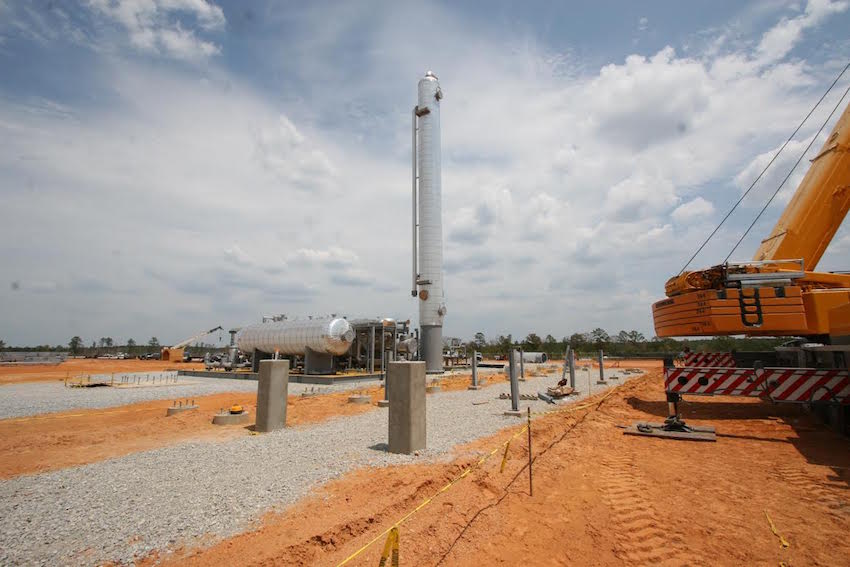
Process Heating
More than one-third of energy costs in the manufacturing center are due to process heating, so savings in this area should be a priority. The good news is that, according to the U.S. Department of Energy, energy-saving initiatives and best practices like these can save up to 15 percent in process heating costs:
- Monitor and control exhaust gases and air-to-fuel ratios
- Make improvements in heat transfer.
- Install waste-heat recovery technology.
- Use a solar water-heating system to preheat process water.
Motors and Equipment
Machine drive contributes to more than 22 percent of energy and use in the manufacturing sector, making it an important area to target. Conduct an analysis of shaft and system losses and upgrade to higher efficiency systems to achieve savings on operating costs. While these measures might mean replacing equipment, first try adjusting operations and maintenance procedures to improve mechanical performance before committing to capital expenditures.
Lighting Improvements
Changes to the lighting program for the plant are a productive avenue for reducing energy costs, as numerous options can easily make lighting more energy efficient:
- Add skylights or clerestories so daylight can be utilized.
- Install high-efficiency fluorescent fixtures and bulbs as well as LED tube lighting.
- Convert existing housings to energy efficiency with retrofit kits.
Utilities
Ask your utility providers if they have alternative procurement or demand-side management plans. Some utilities have incentive programs in place that reward energy-saving improvements, and they might have some useful ideas to keep energy costs down at the plant. It also helps to check out other providers to make sure you’re getting a competitive rate.
Team Work
Studies report that workers become more productive following improvements for energy efficiency, so include employees in your program from the beginning, sharing your objectives and asking for their own input—employees can have some valuable thoughts about solving problems around the plant. Let them know you appreciate their participation by acknowledging their contributions and keeping them informed about any progress. Making it a team effort could boost morale and help your plant tap into the productivity effect, as well as show positive results for the bottom line. Apply a rational approach to your energy-saving initiatives for long-lasting results that will keep your operation competitive in the face of rising energy challenges. Start the program with low-cost or even no-cost improvements, and as operating costs decrease, invest in energy infrastructure, such as solar, that will realize bigger savings over time.
To learn more about energy saving, give us a call!